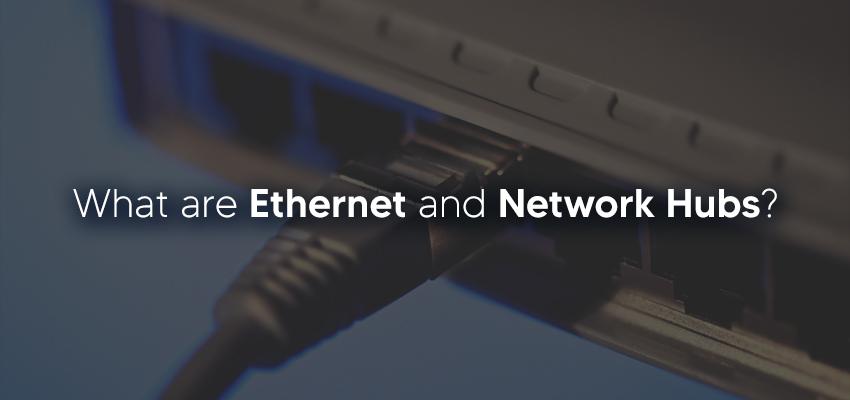
What are Ethernet and Network Hubs?
Posted Oct. 27, 2020, 8:12 a.m. by Emil S.For you to connect the multiple network-enabled devices, you can use a hub. A hub is a small, inexpensive, and rectangular device. It is ordinarily made of malleable plastic and takes power typically through a wall outlet. The purpose of this is to materialize a single network section on which all devices can communicate directly with each other.
In early 2000, Ethernet hubs were extensively used for home networking because it is less complex and inexpensive. On the other hand, broadband routers have been replaced in most households, and hubs served an efficient and valuable purpose.
NOTE: To control smart gadgets, you can consider an ethernet hub which differs from smart hubs. Similar to USB hubs, it is just a power strip for USB devices.
The Speed of a Hub
As to the speed of Ethernet hubs, it varies across either network data rate or bandwidth. Ethernet hubs must have at least 10 Mbps compared to the modern hub that has 100 Mbps. Generally, it offers both 10 Mbps and 100 Mbps. It is commonly known as dual-speed or 10/100 hubs.
The number of ports differs in the Ethernet hub. The most common in-home networks have ethernet hubs of 4 and 5-ports. There is also an 8 and 16-port hub, which may only be used in home and office environments. If you want to have a broader range in the total number of devices that a hub network can operate, hubs may be connected in a process called daisy-chaining.
To distinguish between an Older Ethernet hub and a Modern hub, the former is larger and noisy because it has a built-in fan to lower heat, while the latter is noiseless and designed smaller for mobility.
NOTE: It controls a 1-Layer device in the OSI model.
Passive, Active, and Intelligent Hubs
The three basic kinds of hubs are as follows:
- Active Hubs - it operates amplification similar to a repeater.
- Intelligent Hubs - it has more characteristics necessary for business operations. Such a sensible hub is classically loadable. It means that it is invented with multiple units placed on top as a way to save space. Intelligent Ethernet hubs also incorporate proficient remote management through Virtual LAN (VLAN) and SNMP support.
- Passive Hubs - before broadcasting out the network, passive hubs do not amplify incoming packets' signal.
NOTE: A word concentrator denotes a passive hub, and the multiport repeater then justifies the active hub.
How to Work with Ethernet Hubs?
To work with ethernet hub networks, first, you must have to connect the ethernet cable into the unit and then link the end cable to a network interface card (NIC) device. The standard Ethernet cables and the RJ-45 connectors shall be accepted by all ethernet hubs. Ethernet hubs can be joined with each other, with other routers, or switches to expand a network and cater to more devices.
When to Use an Ethernet Hub?
If you need to get an ample range of networks, you can use the hub for that. Also, it is helpful within the time being while substituting an inoperative system. Nonetheless, hubs shall be used if its operation is not severely an issue on the network.
Hubs are not the same as switches and routers. Everything that the data packets have received at the hub is transmitted to every port. This action is irrespective of which port initiating device you are using. The rationale is that the hub cannot recognize which device requested the data compared to a router or a switch. As a result, the network may experience degradation in its operation.
